
5 Refreshing Swimming Spots in and Around Johannesburg
Johannesburg may be landlocked, but that doesn’t mean you can’t enjoy a day of clear...
 20 November 2025
20 November 2025 
Kruger National Park is South Africa’s most iconic game reserve – a vast wilderness where elephants roam the riverbanks, lions doze in the shade, and sunsets glow over the savannah. Spanning nearly 20,000 km², it’s a destination that begs to be explored at your own pace. That’s why we think a one-week self-drive itinerary is the best way for travellers to experience Kruger’s diverse habitats and wildlife-rich regions – from the southern grasslands to the mopane-dotted north.
We’ve poured our own experiences into this practical guide that takes you on a northbound journey through the park, staying at key rest camps: Lower Sabie, Skukuza, Letaba, Shingwedzi, and Punda Maria. Whether you hire a sedan, hatchback, or fully equipped 4×4, here’s how to make the most of your self-drive safari in Kruger National Park.
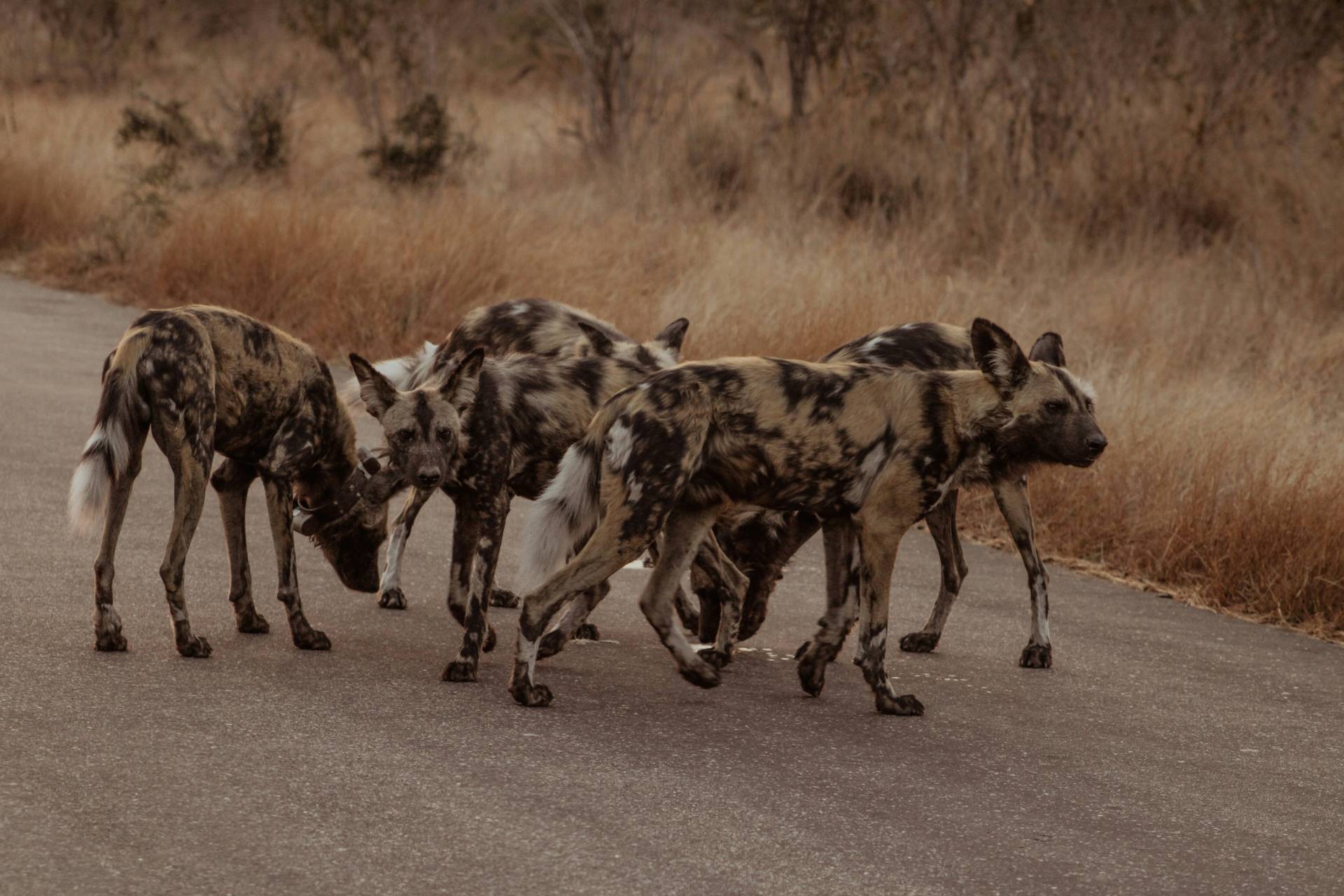
Lower Sabie is known for its prolific wildlife | Photo: Deborah Varrie via Unsplash
Start your journey in the south, entering through Crocodile Bridge Gate and driving to Lower Sabie Rest Camp. It should take you around five hours to reach the gate by road from Johannesburg. If you’re travelling from Cape Town, you’ll need to plan an overnight rest stop on your way to Mpumalanga.
Located on the banks of the Sabie River, this camp is one of the park’s most scenic, with excellent game viewing right from the deck. It’s particularly famed for its resident leopards, as well as Sunset Dam, a small body of water just outside the camp gates filled with crocodiles and wading birds.
Lower Sabie is known for its prolific wildlife. The nearby H4-1 tar road is one of the best routes in the park for spotting the Big Five – especially lions and leopards, which favour the riverine vegetation.
A short drive from Lower Sabie along the Sabie River takes you to Skukuza, the park’s largest and most developed rest camp. It has a shop, restaurant, post office, fuel station, and even an ATM – making it a good place to restock and recharge.
Famously, Skukuza is home to the Skukuza Golf Club. Visitors often observe wildlife gracing the perfectly-manicured greens. If you’re lucky, you might even witness a hunt between rounds!
While larger and busier, Skukuza offers superb game viewing. Don’t miss the Doispane Road (S1) and River Road (H4-1) for high concentrations of predators, especially wild dogs and cheetahs.
Heading north, you’ll pass through the central plains before arriving at Letaba Rest Camp, overlooking the Letaba River. The camp is shaded by tall trees and is a favourite among birders and elephant lovers.
Letaba is also home to the Elephant Hall, a small museum dedicated to the park’s legendary tuskers – iconic elephants remembered for their impressive tusks. Game drives around Letaba often yield sightings of large elephant herds, waterbuck, hippos, and crocodiles.
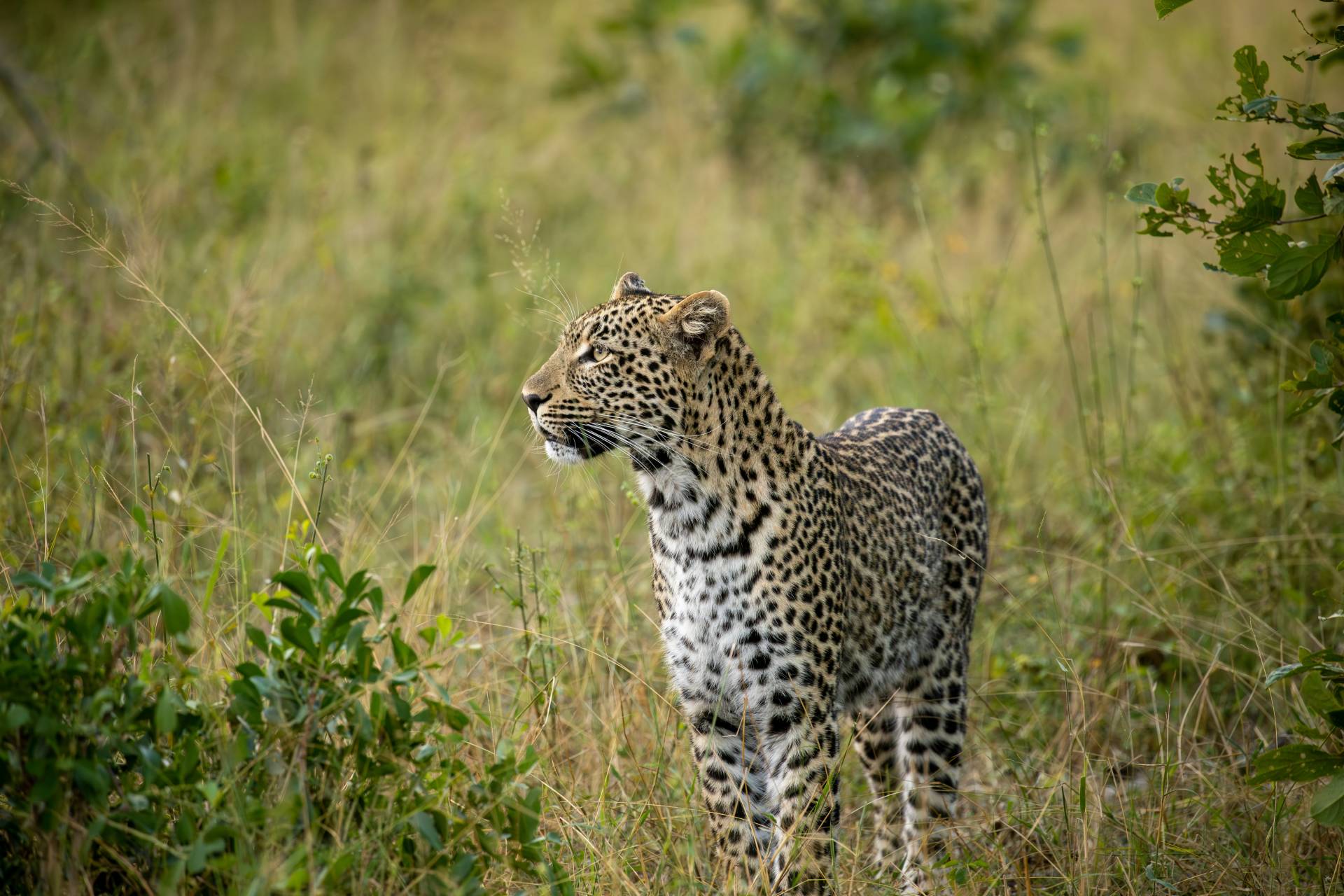
Mopane woodland dominates the landscape of the northern Kruger | Photo: Marlin Clark via Unsplash
Now you’re entering the less-visited northern section of Kruger, where mopane woodland dominates the landscape. Shingwedzi Rest Camp, situated on a seasonal river, offers a peaceful and remote atmosphere, with rivers populated with hippos and banks teeming with bee-eaters and other colourful birds.
This region is excellent for seeing large herds of buffalo and elephants. Keep your eyes open for elusive species like tsessebe, sable antelope, and crested guinea fowl. The Kanniedood Dam loop (S50) is a highlight for morning drives.
Your final stop is Punda Maria, the park’s northernmost main rest camp. The vegetation here transitions into sandveld and fever tree forest, creating ideal conditions for rare antelope and birdlife.
Your drives in the north will take you through dense forests, where nyalas and elephants lurk between ancient trees and thickets.
Don’t miss the Mahonie Loop (S99) for some of the park’s most rewarding sightings. Punda Maria is also the closest camp to Pafuri, a biodiversity hotspot and a must-visit for serious birders. Pafuri is also an official border crossing between South Africa and Mozambique.
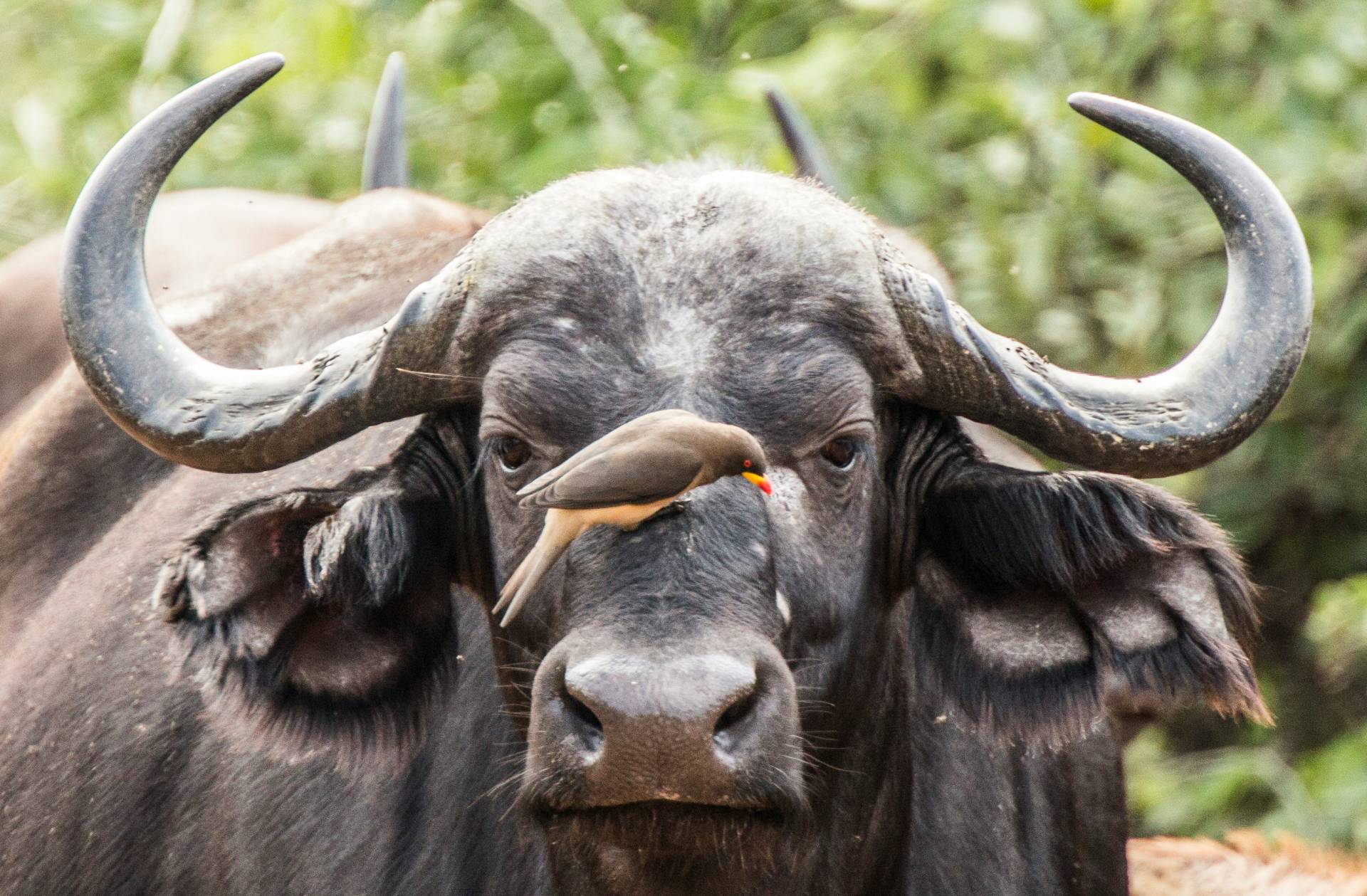
Kruger is one of the most diverse destinations in Africa | Photo: Charl Durand via Unsplash
Kruger is home to 147 mammal species and over 500 bird species, making it one of the most biodiverse safari destinations in Africa.
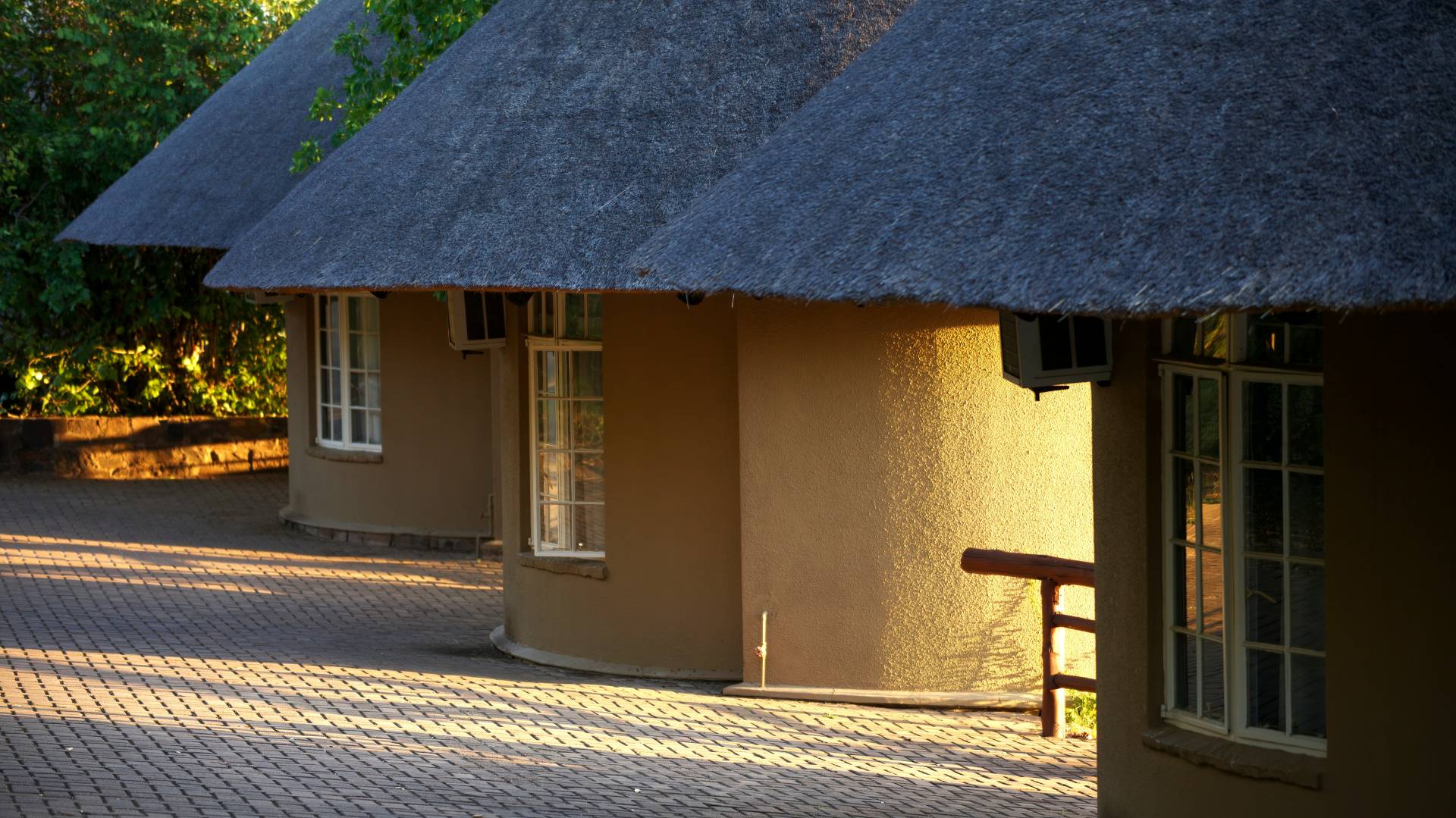
Always stick to designated roads and tracks in the park | Photo: Simon Hurry via Unsplash
To ensure the safety of both visitors and wildlife, the park enforces several important rules:
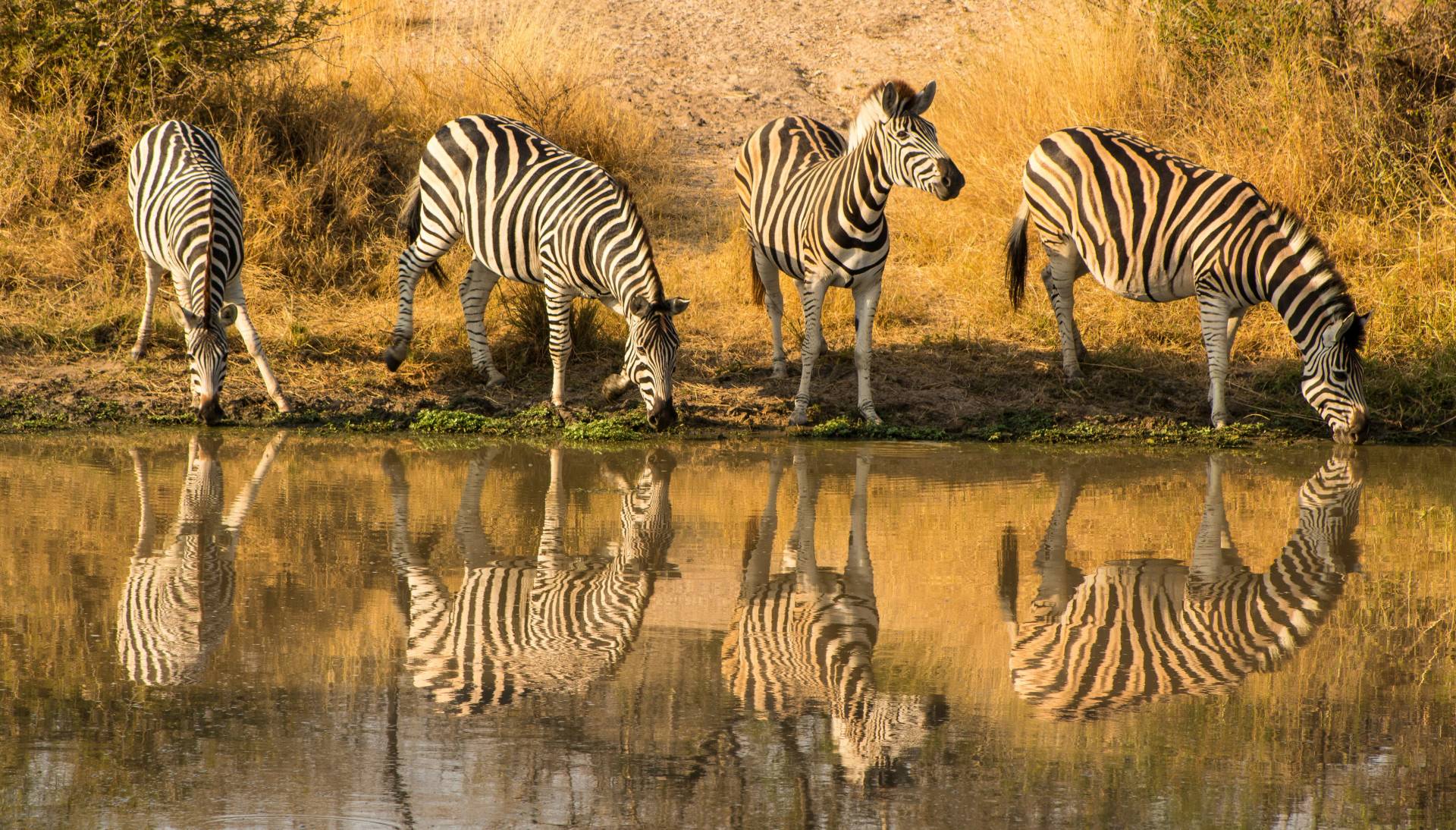
Binoculars are essential for game viewing | Photo: David Tomaseti via Unsplash
Packing the right gear can make or break your Kruger adventure. Here’s a quick checklist:
Most of Kruger’s roads are either tarred or well-maintained gravel, so a regular sedan or SUV is suitable for the majority of the park. However, certain areas – particularly private 4×4 eco-trails and more remote backcountry routes – are only accessible with a 4×4 vehicle.
For travellers wanting to go beyond the main routes, Drive South Africa offers fully equipped 4×4 vehicles with rooftop tents, fridges, and camping gear, ideal for multi-day wilderness routes or exploring adjacent reserves like the Lebombo Eco Trail or Malopeni Eco Trail.
Even if you’re sticking to rest camps, a 4×4 with camping equipment gives you more flexibility to explore off-the-beaten-track picnic spots and less-travelled roads, particularly in the north of the park.
Self-driving Kruger National Park is one of the most rewarding travel experiences in South Africa. With a bit of planning and the right vehicle, you can experience its full length – from the game-rich southern plains to the remote northern woodlands – in just one week.
Book your vehicle through Drive South Africa for peace of mind and the freedom to explore Kruger your way. Whether you’re camping under the stars or staying in comfortable chalets, a self-drive Kruger safari is the perfect blend of adventure and accessibility in South Africa’s premier wildlife destination.